Fixed vs. Adjustable Rate
With a fixed rate mortgage, the interest rate does not change for the term of the loan; the monthly payment is always the same. Typically, the shorter the loan period, the more attractive the interest rate will be.
Payments on fixed-rate fully amortizing loans are calculated so that the loan is paid in full at the end of the term. In the early amortization period of the mortgage, a large percentage of the monthly payment pays the interest on the loan. As the mortgage is paid down, more of the monthly payment is applied toward the principal.
A 30 year fixed rate mortgage is the most popular type of loan when borrowers are able to lock into a low rate. 30 year fixed rate loans give you the lowest fixed rate monthly payment available, but cost more in finance charges over the life of the loan.
Drawbacks:
- Higher monthly payment stays the same if interest rates go down
- Interest rate stays the same even if interest rates go down
Adjustable Rate Mortgage (ARM):
Most ARMs written today are Hybrid or Combined ARMs
An ARM is a mortgage with an interest rate that may vary over the term of the loan — usually in response to changes in the prime rate or Treasury Bill rate. The purpose of the interest rate adjustment is primarily to bring the interest rate on the mortgage in line with market rates.
Mortgage holders are protected by a ceiling, or maximum interest rate, which can be reset annually. ARMs typically begin with more attractive rates than fixed rate mortgages — compensating the borrower for the risk of future interest rate fluctuations.
Choosing an ARM is a good idea when:
- Interest rates are going down
- You intend to keep your home less than 5 years
ARMs have the following distinguishing features:
- Index- The publically traded Index the rate adjsutments are llinked to LIBOR/CMT
- Margin- Preset amount lender adds to index atadjustment
- Adjustment Frequency- usually 6 months or 1 yr
- Initial Interest Rate- Where it starst
- Interest Rate Caps- maximmum adjustment per adjustment and for life of loan
- Convertibility- Can this be converted to a fixed rate at any point
Index
An adjustable rate mortgage's interest rate increases and decreases based on publicly published indexes. ARMS are based on different indexes including:
- United States Treasury Bills (T-bills)
- The 11th District Cost of Funds Index (COFI)
- London Interbank Offering Rate Index (LIBOR)
- Certificate of Deposit Indexes (CODI)
- 12-Month Treasury Average (MTA or MAT)
- Cost of Savings Index (COSI)
- Bank Prime Loan (Prime Rate)
Margin
Margin is a fixed percentage amount that is pointed added to the index – accounting for the profit the lender makes on the loan. Margins are fixed for the term of the loan.
interest rate = index + margin
Adjustment Frequency
Adjustment frequency reflects how often the interest rate changes – also known as the reset date. Most ARMs adjust yearly, but some ARMs adjust as often as once a month or as infrequently as every five years.
Initial Interest Rate
The initial interest rate is the interest rate paid until the first reset date. The initial interest rate determines your initial monthly payment, which the lender may use to qualify you for a loan. Often the initial interest rate is less than the sum of the current index plus margin so your interest rate and monthly payment will probably go up on the first reset date.
Interest Rate Caps
Interest rate caps put limits on interest rates and monthly payments.
Common caps:
Initial Adjustment Cap
An initial adjustment cap limits how much the interest rate can change at the first adjustment period.
Example: If your ARM has a 1% initial adjustment cap, your interest rate may only increase or decrease by a maximum of 1% at the first adjustment period.
Periodic Adjustment Cap
A periodic adjustment cap limits how much your interest rate can change from one adjustment period to the next. Usually a six-month adjustable rate mortgage will have a one percent periodic adjustment cap while a one-year adjustable rate mortgage will have a two percent periodic adjustment cap.
Example: If your loan has a 2% periodic adjustment cap, your interest rate may only increase or decrease by a maximum of 2% per adjustment period.
Lifetime Cap
A lifetime cap sets the maximum and minimum interest rate that you may be charged for the life of the loan. Most ARMs have caps of 5% or 6% above the initial interest rate.
Example: If your loan has a 6% lifetime cap, your interest rate may only increase or decrease by a maximum of 6% for the life of the loan.
Initial adjustment caps, periodic adjustment caps, and lifetime caps make up an adjustable rate mortgage's cap structure, and are usually represented as three numbers:
Example: 1/2/6 — Initial adjustment cap is 1 %/ periodic cap is 2% / lifetime cap is 6%.
Negatively Amortizing Loans
Because Negatively Amortizing Loans provide payments caps instead of interest rate caps, they limit the amount the monthly payment can increase. However, there is a risk interest rates could potentially escalate to a point where the monthly payment would not cover the interest being charged. If this scenario were to occur, the extra interest charges would be added to the principle of the loan, resulting in the borrower owing more than was initially borrowed. Borrowers are usually allowed to make payments over the loan amount to pay down the mortgage and guard against this scenario.
There are certain times when having a negatively amortizing mortgage could be beneficial. If a borrower were to lose a job or have an unexpected financial emergency a negative amortization option could ease cash flow situation. However, this should only be used as a short-term solution.
Option ARM loans
Option ARM loans allow the borrower to choose the amount to pay toward the mortgage each month. Make a minimum payment, interest-only payment, 30-year amortized payment or 15-year amortized payment. Pay the minimum amount to free up funds for other uses, or make larger payments for faster equity build up. Option Arms offer much more cash flow flexibility but must be used wisely by the borrower. Always consult a qualified loan officer to learn about all of the risks associated with these types of loans. He or she will also be able to offer valuable advice on properly managing your monthly payments.
Both Neg Am and Option ARM loans are vey dangerous for indiscriminate use and should be used cautiously to avoid principal explosion

